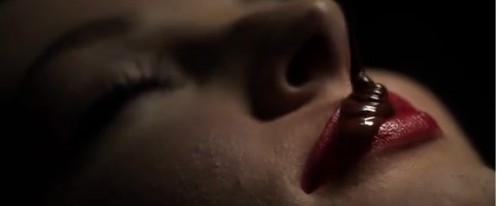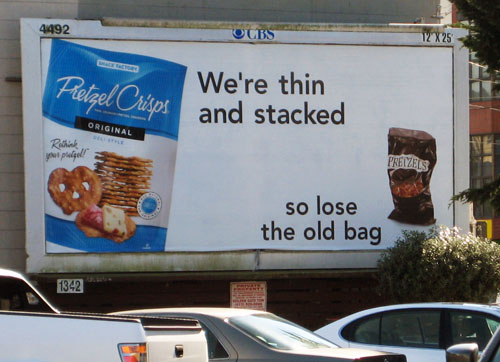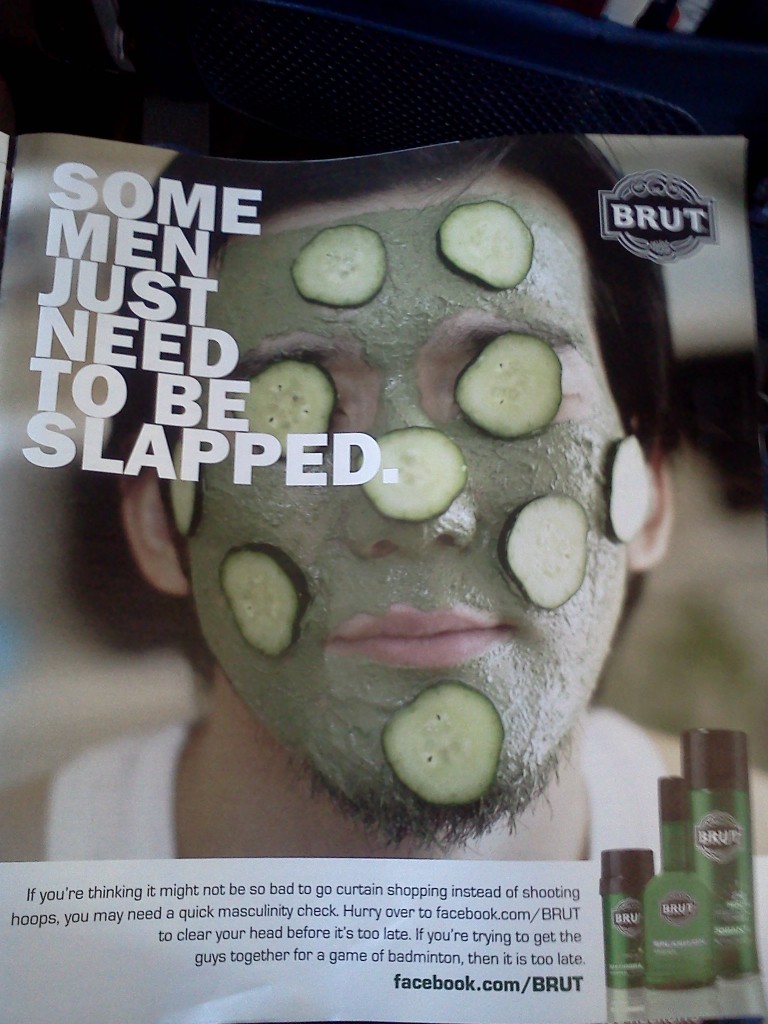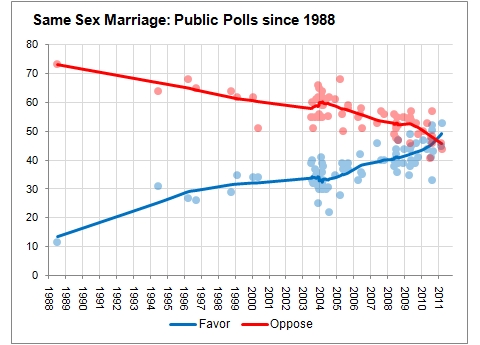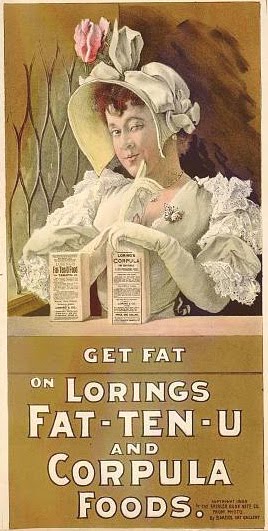Katrin sent us another in the long line of fashion shoots that exoticize the cultures and residents of non-Western countries. The article, titled “Indian Summer,” appeared in the British version of Vogue in September 2007, along with the tagline, “Eclectic, colourful, crazy…The modern gipsy’s style is every bit as exotic as her travels.” So the model is being presented as “exotic” herself (she’s a “gipsy,” after all), but her exoticism is proven by her travels to places that are themselves marked as exotic and extremely different from the UK.
It includes several elements common to these types of photo shoots, including a model who is clearly differentiated from the local population not just in terms of fashion, but by skin tone, as well as the use of locals as props surrounding or in the background of the blond model.
While a video Vogue posted about the photo shoot clearly shows cars, motorcycles, and paved roads, the photos tend to erase signs of modernity, focusing instead on items that present India as somehow stuck in pre-modern times, such as images with animals:
Also see Lisa’s post on the Anthropologie catalog set in India.
Gwen Sharp is an associate professor of sociology at Nevada State College. You can follow her on Twitter at @gwensharpnv.

